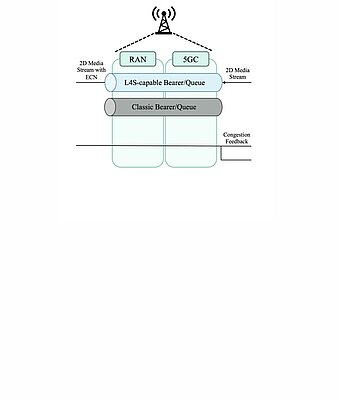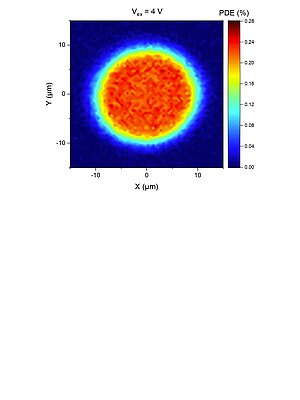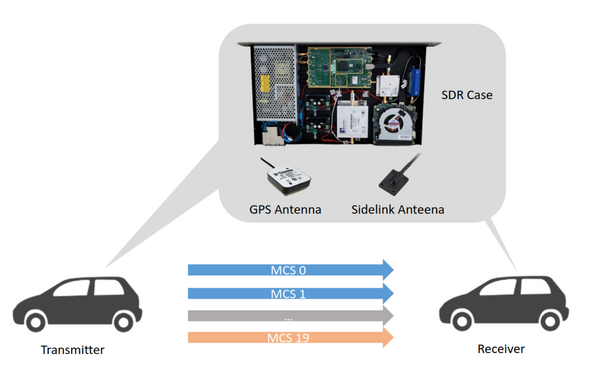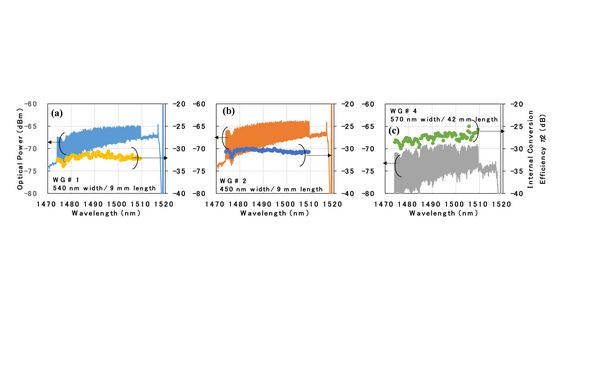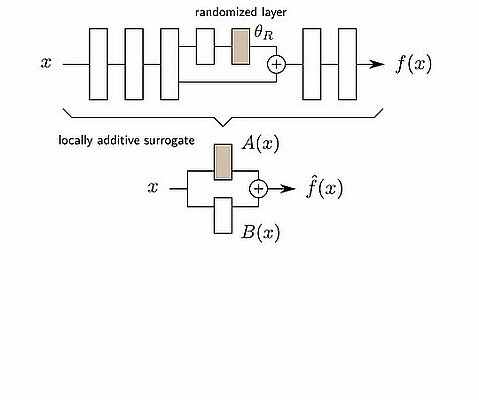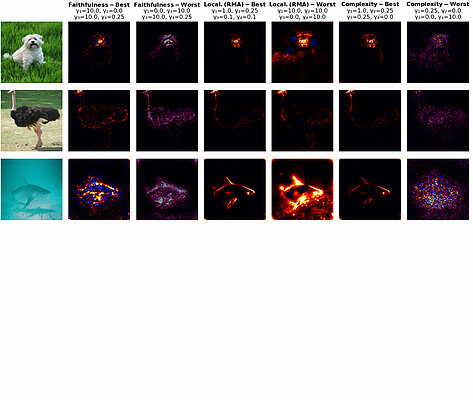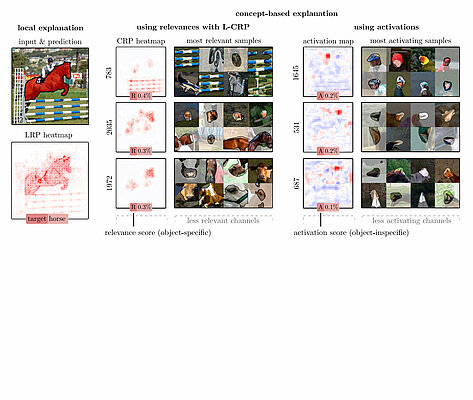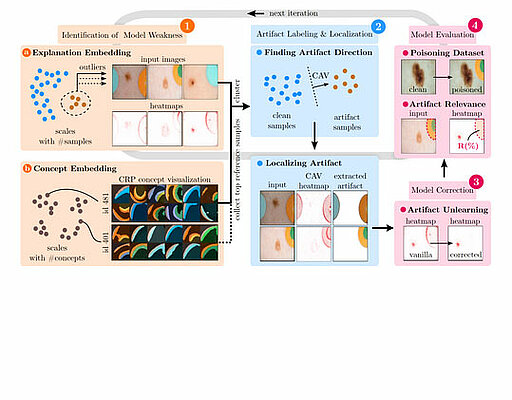Full-Duplex Operation of ISAC: Self-Interference Reduction from the Lens of IRS
This paper addresses the self-interference problem in full duplex operation by leveraging an intelligent reflecting surface (IRS) to provide spatial separation of the transmitted and the received (i.e. reflected) signal in a monostatic sensing...
L4S Congestion Control Algorithm for Interactive Low Latency Applications over 5G
In recent years, immersive applications such as Cloud XR have emerged, which require very low latency to ensure a high quality of experience. This paper presents a congestion control algorithm combined with L4S to achieve stable and low latency...
Guard-ring free InGaAs/InP single photon avalanche diodes for C-band quantum communication
We present a guard-ring free InGaAs/InP single photon avalanche diode with 20 µm diameter for the optical C-band. At 225 K, 25.6 µs dead time and 17% detection efficiency, the dark count rate is 3 kcps with 0.5% afterpulsing probability. This...
From Empirical Measurements to Augmented Data Rates: A Machine Learning Approach for MCS Adaptation in Sidelink Communication
Due to the lack of a feedback channel in the C-V2X sidelink, finding a suitable MCS level is a difficult task. In this paper, we propose an ML approach that uses quantile prediction to predict the MCS level with the highest achievable data rate....
Hybrid integration of Polymer PICs and InP optoelectronics for WDM and SDM terabit intra-DC optical interconnects
This paper presents a hybrid photonic integration concept based on the use of a polymer motherboard, InP EML arrays and InP PD arrays to realize WDM and SDM Terabit optical engines operating at 100-Gb/s or even at 20! 0-Gb/s per lane. The optical...
Design and Characterization of Dispersion-Tailored Silicon Strip Waveguide toward Wideband Wavelength Conversion
One of cost-effective ways to increase the transmission capacity of current standard wavelength division multiplexing (WDM) transmission systems is to use a wavelength band other than the C-band to transmit in multi-band. We proposed the concept...
Shortcomings of Top-Down Randomization-Based Sanity Checks for Evaluations of Deep Neural Network Explanations
While the evaluation of explanations is an important step towards trustworthy models, it needs to be done carefully, and the employed metrics need to be well-understood. Specifically model randomization testing is often overestimated and regarded...
Optimizing Explanations by Network Canonization and Hyperparameter Search
Rule-based and modified backpropagation XAI methods struggle with innovative layer building blocks and implementation-invariance issues. In this work we propose canonizations for popular deep neural network architectures and introduce an XAI...
Revealing Hidden Context Bias in Segmentation and Object Detection through Concept-specific Explanations
Applying traditional post-hoc attribution methods to segmentation or object detection predictors offers only limited insights, as the obtained feature attribution maps at input level typically resemble the models' predicted segmentation mask or...
Reveal to Revise: An Explainable AI Life Cycle for Iterative Bias Correction of Deep Models
State-of-the-art machine learning models often learn spurious correlations embedded in the training data. This poses risks when deploying these models for high-stake decision-making, such as in medical applications like skin cancer detection. To...

